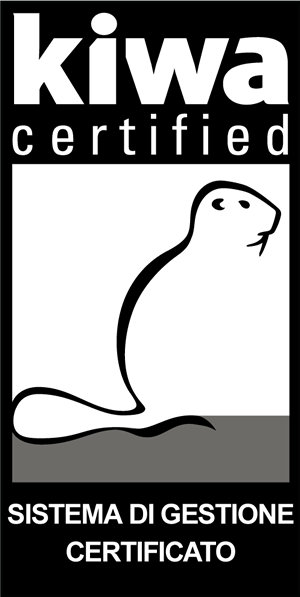RFID, the English acronym for Radio Frequency Identification, is an automatic digital identification technology that allows for an unequivocal detection of objects, people and animals, both static and moving, by taking advantage of electromagnetic fields.
RFID comprises a set of solutions on software and hardware that allow you to collect information and exchange it at a distance, automatically (hand free) and instantaneous.
The system is capable of precisely tracing all the storage phases, from the flows of goods or outgoing and incoming products to sorting and logistics in general.
The set of these operations is known in technical jargon as the Supply Chain.
The RFID system's hardware collects each piece of data concerning the position of the product at any given time and throughout its life cycle, allowing the software to recognize it and provide administrators with a complete vision of the progress of the production, distributive and sales processes.
